Among the many charms of autumn is the advent of steelhead runs in many rivers. Where I live, on the central California coast, most streams aren’t yet connected to the ocean—until the rainy season begins in earnest, the sandbars that have set up over the summer between their mouths and the salt remain intact.
That doesn’t mean there aren’t steelhead around, however. Even some adults (kelts — wannabe repeat spawners — that didn’t make it back out to the ocean the previous season) may be found under cut banks or in scour pools behind logjams, waiting with piscine patience for the river to open up again.
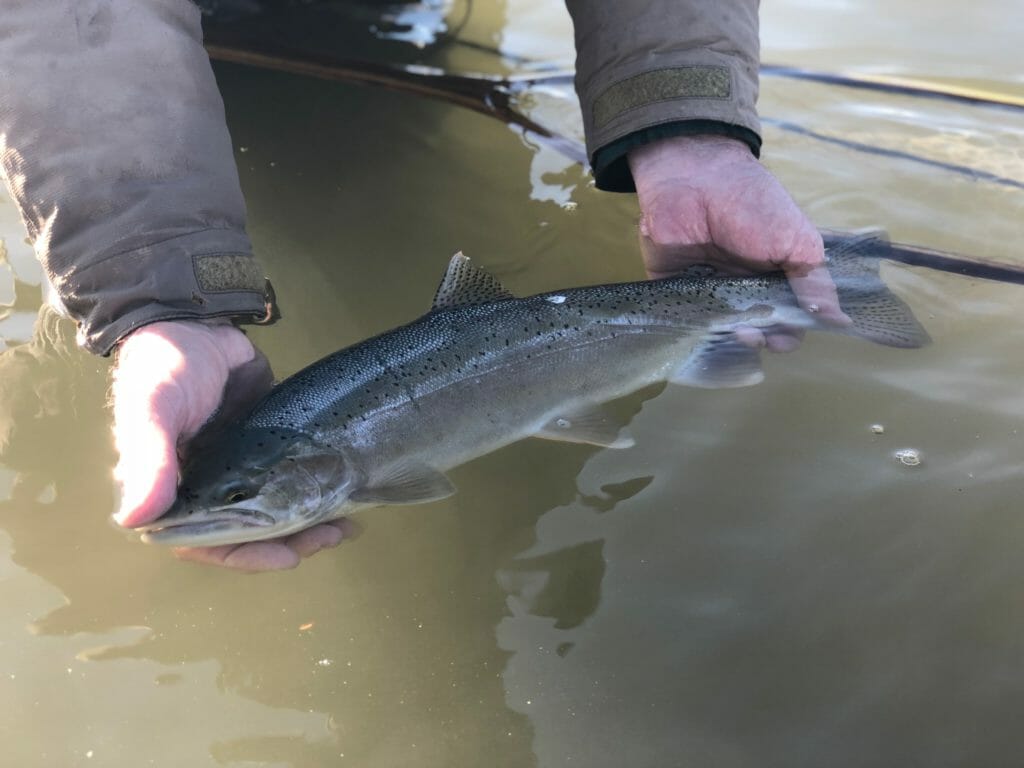
Occasionally you even find steelhead in the surf zone. It’s not unheard of to hook a steelhead when fly fishing for striped bass and surf perch on the beaches in this area, typically around river-mouths.
For me, that’s the real glory of the great freshwater sportfish of the West Coast: its biology. Sure, its mythical status among anglers and native peoples exerts about 4 Gs of attraction, and you are never the same after a bright adult tugs your fly or explodes on your spoon. But the fact that steelhead have adapted to thrive in coastal watersheds from Alaska to Mexico, in a broad spectrum of habitats, is nothing short of amazing.
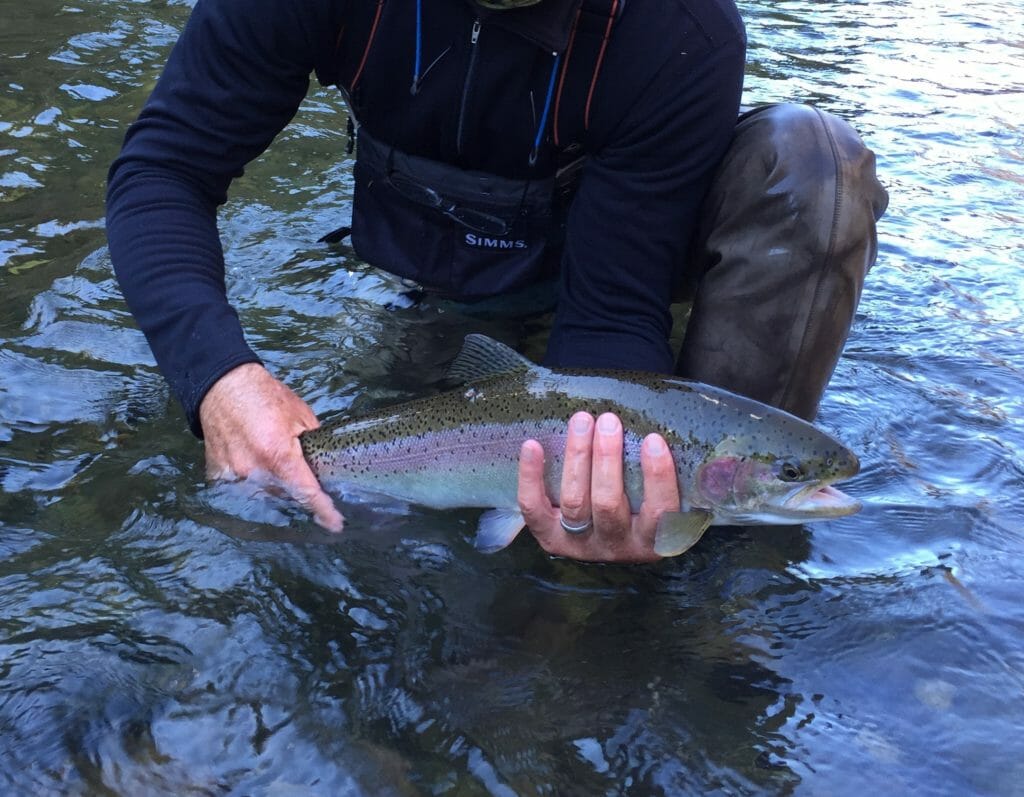
Over the past month or so I thought about steelhead a lot as I waded or kicked into a variety of waters with a rod. Not that I actually caught any steelhead, mind you. But they were there, or could have been there, and that was enough to keep me, shall we say, stubborn.
Which is to say, I lashed the water for hours with all manner of surface and subsurface flies and landed a few trout for my pains. They were perfect, beautiful O. mykiss, native redbands and rainbows. At least some of them likely had steelhead genes.
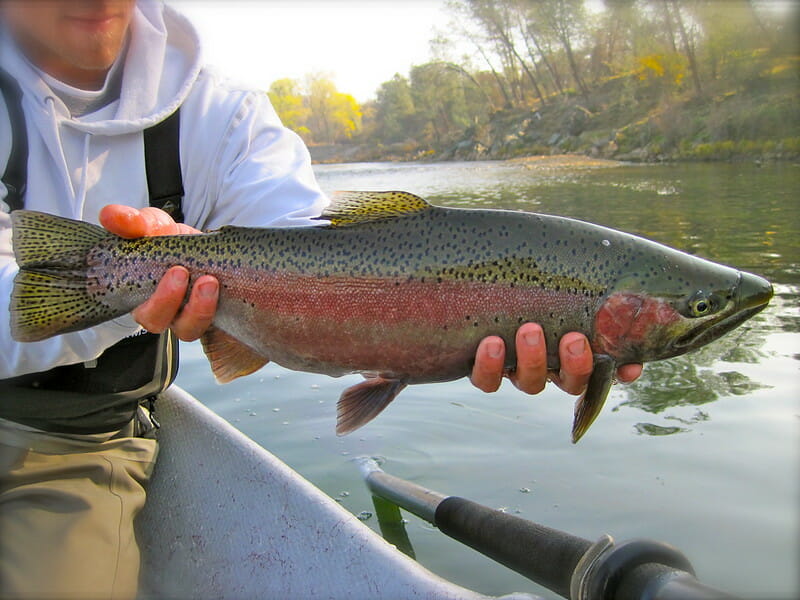
Herewith, a sampling of the steelhead waters I visited recently. As it happens, Trout Unlimited and our steelhead advocacy arm, Wild Steelheaders United, are working in all of these watersheds to restore habitat, improve fish passage, dry season flows and angling opportunities, and advance the science underpinning steelhead fishery management.
Deschutes River, Oregon
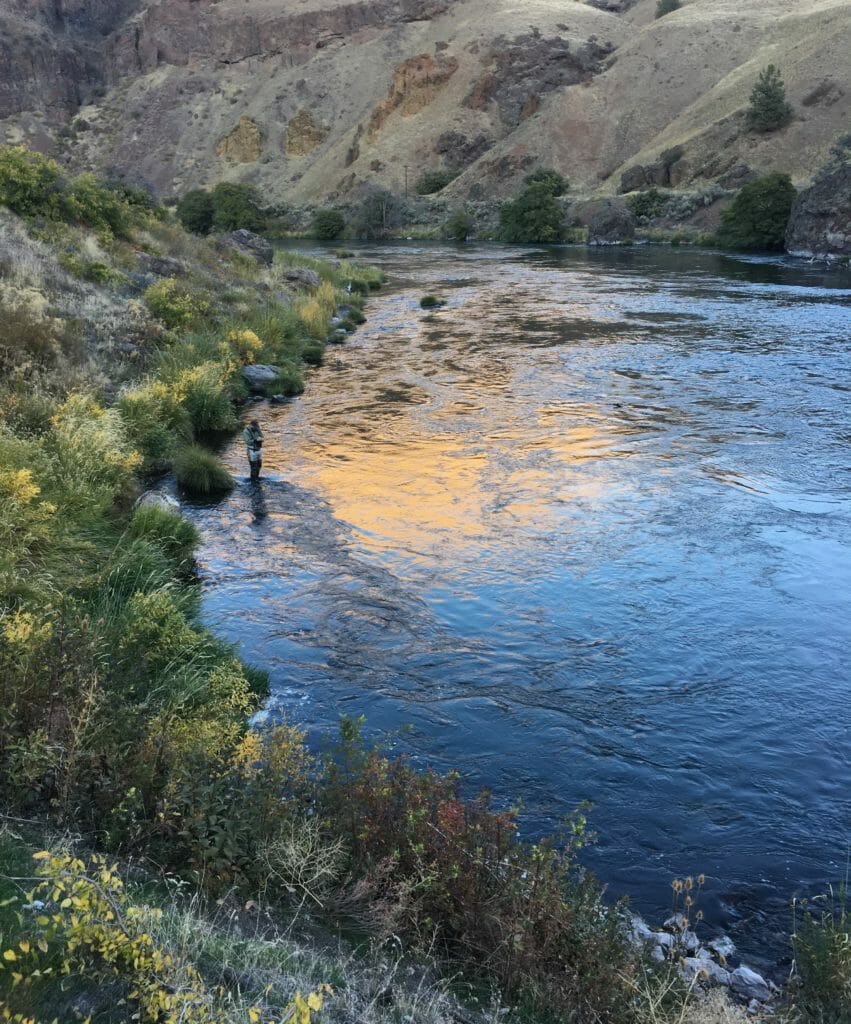
The steelhead fishing on this scenic tributary to the Columbia flows through high desert—and offers some of the most famous steelhead fishing in the West. Only savants like TU’s John McMillan and Nick Chambers were able to raise steelhead while we were there. But plenty of hard-charging native redband trout, and even a surprise bull trout, came to play.
TU and Wild Steelheaders United are working in both the upper river (through TU’s Deschutes Redbands Chapter) and lower Deschutes (below Billy Chinook Reservoir and Pelton Dam) to improve fish passage, habitat and water quality.
Carmel River, California
Between May and November, only the water above Los Padres Dam is open for fishing in this central coast stream. The skinny headwaters above the reservoir offer mostly small rainbow and brown trout, but the water impounded by the dam holds large fish—including steelhead that got moved over the dam last winter.
The Steelhead Whisperer and I didn’t find any monsters, however, on our recent float tube session there. But the fact that more than 160 adult steelhead made it all the way up to the dam—and got helped over it—last spring is heartening.
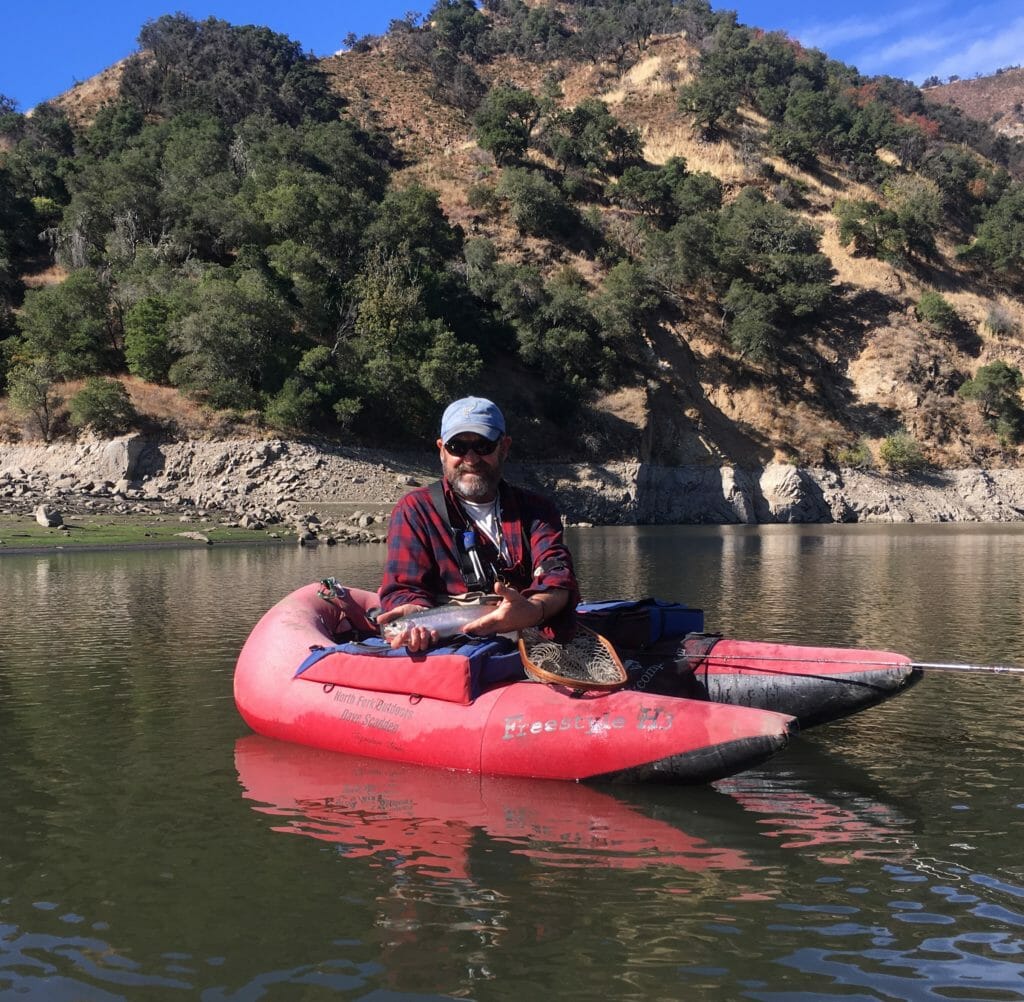
It’s also a tribute to two major restoration projects in the watershed: the removal of San Clemente Dam (downstream of Los Padres) four years ago and the acquisition of the former Rancho Canada golf course on the lower river (now a regional park) that keeps 300 acre-feet of water in the river annually instead of going to irrigate the greens. TU played a role in both projects, and brought our water rights expertise to the Rancho Canada deal as one of three core partner organizations in the transaction.
Lower Yuba River, California
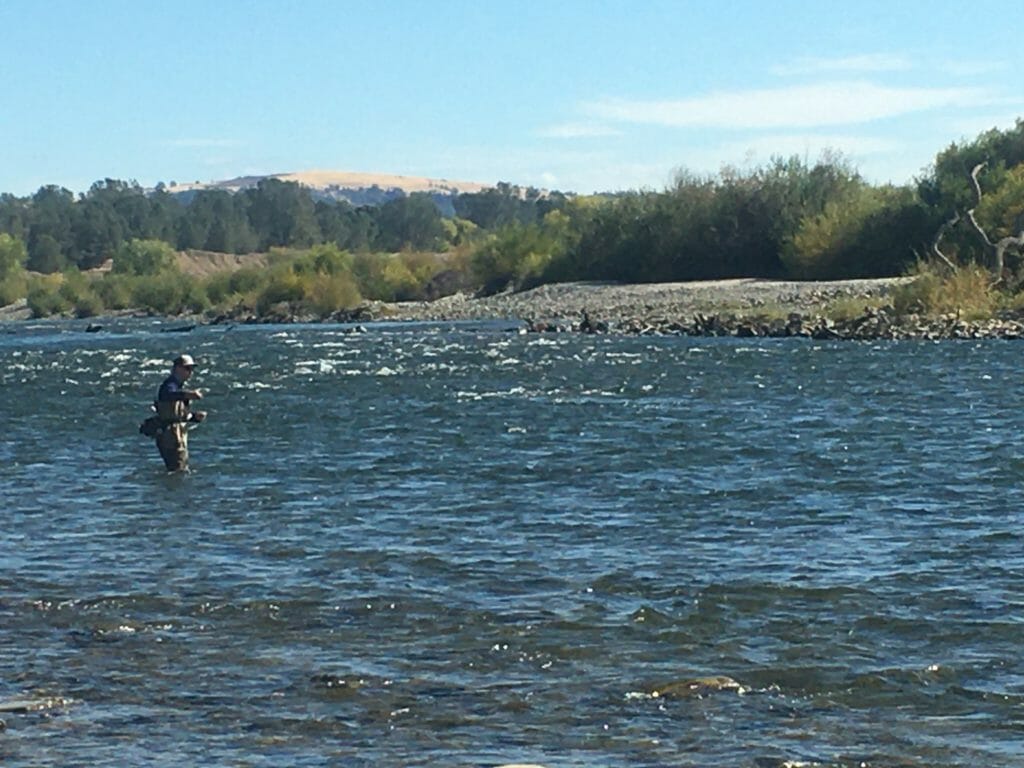
The Yuba is a major tributary to California’s Sacramento River and, like most of the major waters in this watersheds, hosts runs of salmon and steelhead. It’s also a phenomenal rainbow trout fishery. You wouldn’t suspect this upon seeing the river’s floodplain for the first time—much of it looks like a moonscape due to historic mining activity and ongoing quarrying.
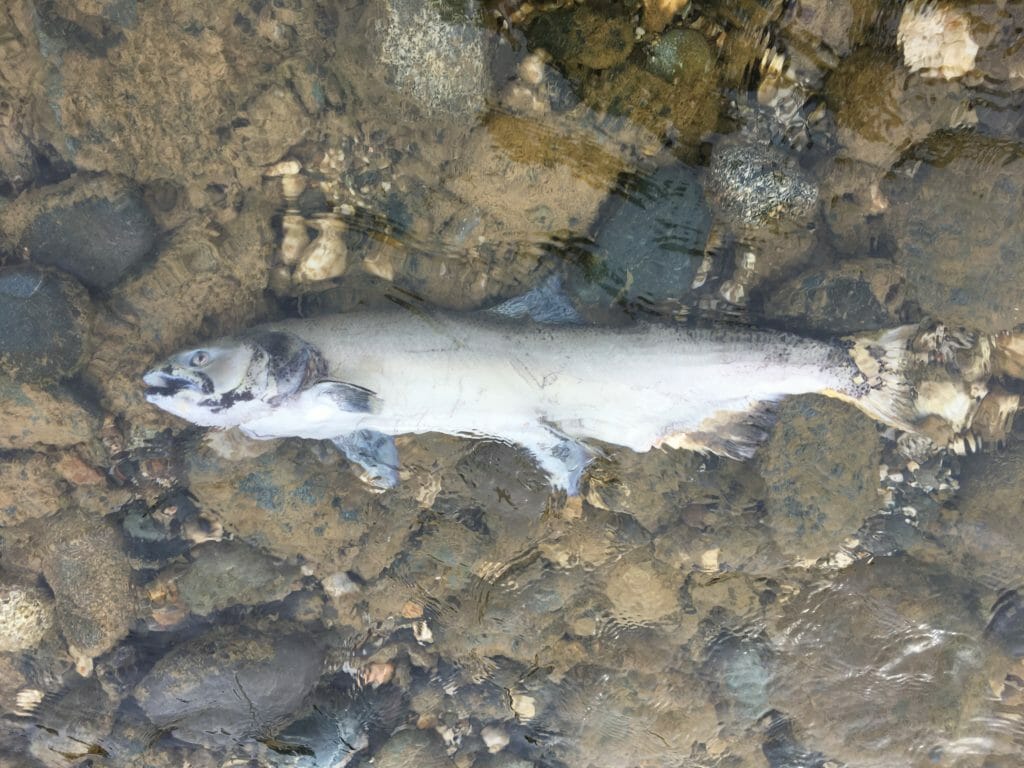
In the several hours I fished it, the Yuba didn’t exactly deliver big. Or maybe I didn’t exactly fish it well enough. Either way, I managed one fine, thick 14-inch trout to hand. I was convinced there were steelhead lapping eggs below the scattered salmon redds, but they ignored my offerings. Ah, steelheading.
For decades, wild steelhead runs have been in decline in many rivers across their broad native range.
The causes for this decline are by-and-large well known, chief among them habitat loss and degradation from dams, excessive diversions, pollution, and the warming climate. The good news is, some of the impacts associated with these factors can be redressed.
TU launched the Wild Steelhead Initiative five years ago to better conserve and restore wild steelhead runs and to sustain the opportunity to fish for steelhead. This initiative, branded as Wild Steelheaders United (for the community formed to advance it, now 8,000 strong), works from southern California to Alaska to boost steelhead science, on-the-ground habitat and fish passage restoration, and angler engagement in steelhead management and policy.
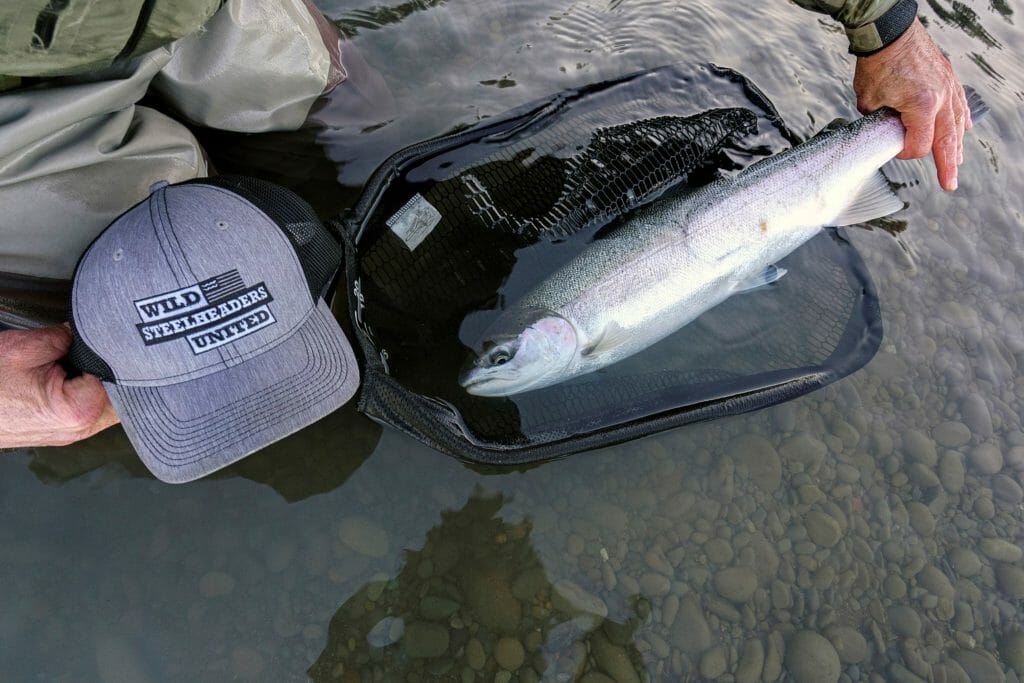
Wild Steelheaders United is guided by two core principles. The first is that there needs to be better integration of the evolving science of steelhead biology and habitat—and of how factors such as dams, harvest, and dry season flows affect these fish—into management of the resource.
The second is that we should adopt and implement a “portfolio approach” to steelhead fisheries, managing those streams or watersheds with the best remaining habitat conditions and wild steelhead runs solely for wild fish, while carefully utilizing hatchery supplementation for waters that do not have these qualities to continue to provide diverse angling opportunity.
It’s well established that wild steelhead and salmon are the most economical, most adaptable to climate change, and most biologically-fit way to sustain the unique ecology of coastal watersheds on the West Coast and to provide angling opportunity for ours and future generations. But until we have durable populations of wild fish across many Distinct Population Segments, the portfolio approach is a reasonable and affordable strategy for managing West Coast steelhead fisheries.
To learn more about the science of steelhead, and how TU and Wild Steelheaders United are working to keep wild steelhead populations healthy and our steelhead fishing heritage alive, go here.

